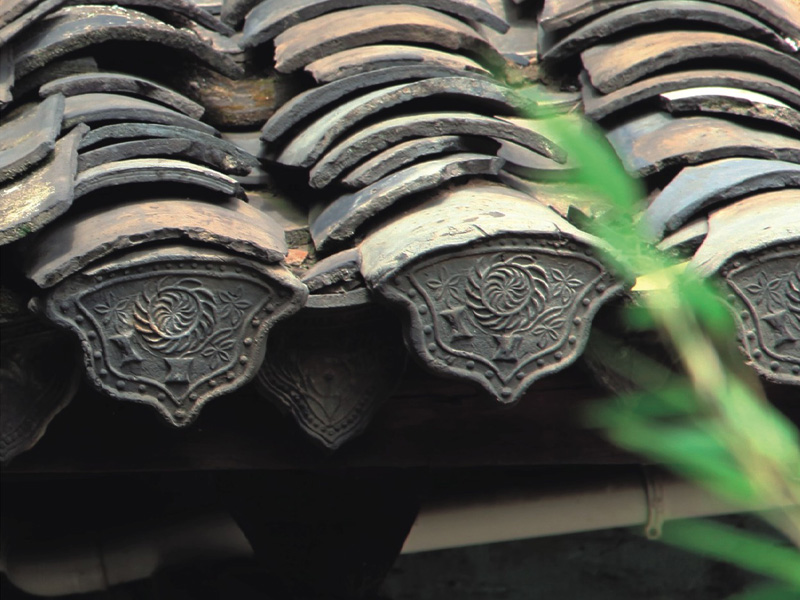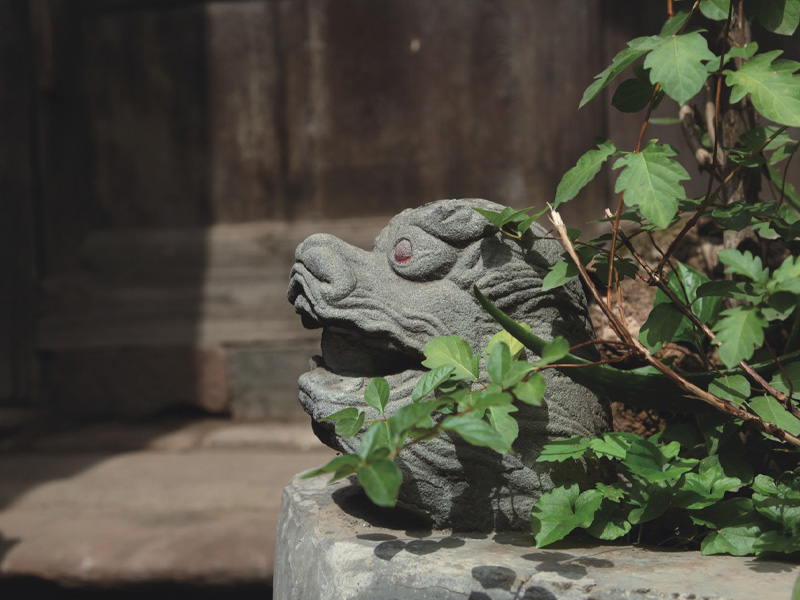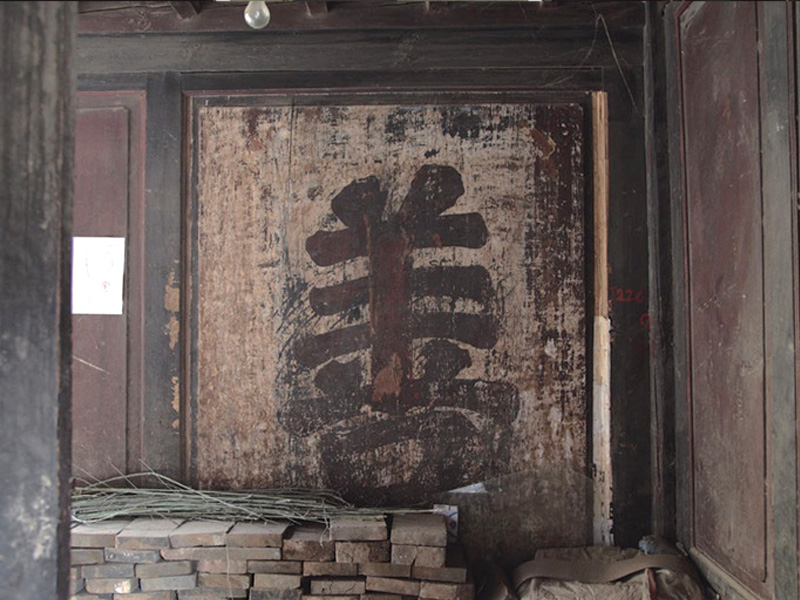Impression of ancient city
Kejia Lane
Release time:2021-07-27 16:18:50 Number of views:642次
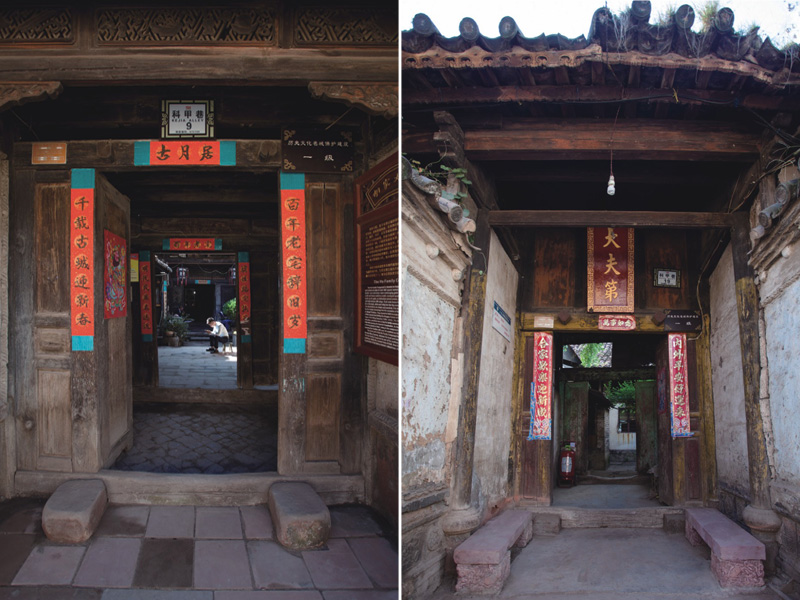
[Kejia Lane]
Kejia lane is the cultural card of Huili. In the Ming and Qing Dynasties, there were more than 390 Jinshi, Juren and Gongsheng in this 156 meter long alley. This is really rare for a remote town. There were once large families such as Hu, Gong, Wu, Yang, Zou and Xiao living in the lane. Now their descendants still live in these well preserved courtyards. The gate of the courtyard is open all year round and you can go in and out freely. Please pay special attention to beams, tiles, window carvings, lintels, old wells, etc. there are often surprises. You can also have a few greetings with the people living there and listen to them tell some interesting stories. You can also enjoy flowers. Almost every yard is full of flowers and plants. The gate of each courtyard is very particular. It looks simple today, but it was exquisite and elegant in those days. The pattern of these courtyards includes Jiangnan courtyard style, northern quadrangle style, and Yunnan residential style with three lanes and one screen wall. This is because in history, not only local officials and gentry lived here, but also large families who moved into Huili from the north, Central Plains, Huguang and Yunnan for various reasons. From the architectural styles with different styles, we can feel the richness and diversity of Huili's history and culture.
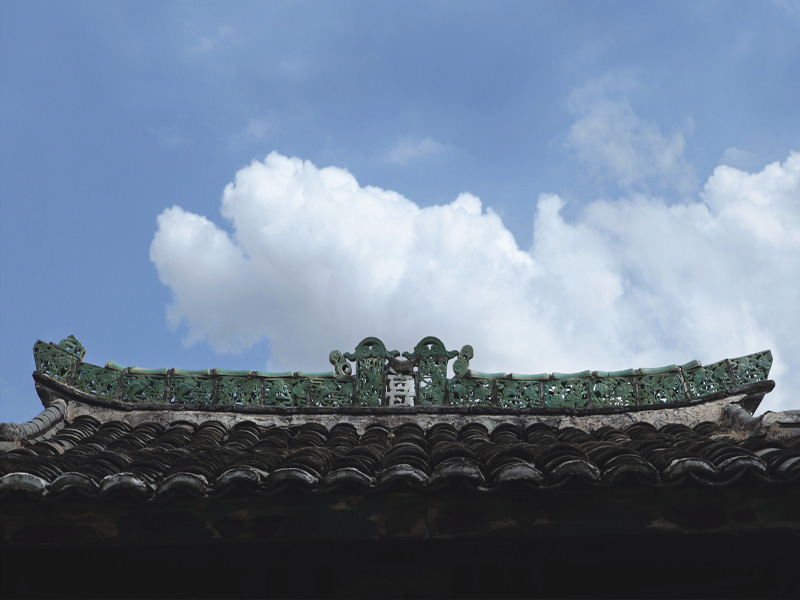
[Special Recommendation]
The front yard of the Hu family was built in the Ming Dynasty and the back yard was expanded in the Qing Dynasty. The architectural style has changed significantly. The Hu family courtyard is one of the earliest and best preserved courtyards built by Hong in the ancient city. When you enter the gate, you will see a portrait of Zhu Yuanzhang, the emperor of the Ming Dynasty. Because the ancestors of the Hu family once attacked Shu with Zhu Yuanzhang's army, and later stayed in Huili due to the military settlement policy, they have multiplied to the U generation. The Zou family courtyard was built in the Ming Dynasty. What is worth seeing is the double dragon carvings and tiles on the eaves of the corridor. If the master is at home, you can ask him to show you the thick wood and hemp forehead of "Da Fudi". Wu's courtyard, built in the Qing Dynasty, has a four in five patio pattern. Now there are still more than 20 families living on the roof. The green pottery ridge on the roof is very exquisite. You can pay attention to the carvings of TA Xiong and Mu Nan at the gate. "
[managing anecdotes of Dragon Boat Festival travel]
The Dragon Boat Festival will be held twice. The fifth day of May is the small dragon boat festival and the fifteenth day of May is the big dragon boat festival. A few days before the festival, the villagers nearby came to the county to sell all kinds of herbs, such as sand ginseng, bubble ginseng, jade bamboo, Festuca arundinacea, bone penetrating grass, ox root and ox mouth thorn, which had just been dug from the mountain. The streets were filled with drug stalls. Every family has to buy it and wash the pork or bacon, chicken and Duck at home and stew them together. The locals call it "medicine root". In the evening, men, women and children all over the city went out to "travel all kinds of diseases" in the countryside and mountains on the outskirts of the city. At this time, the smell of herbs is floating in the air. Local people believe that "traveling to all diseases" can eliminate all diseases and strengthen the body.
